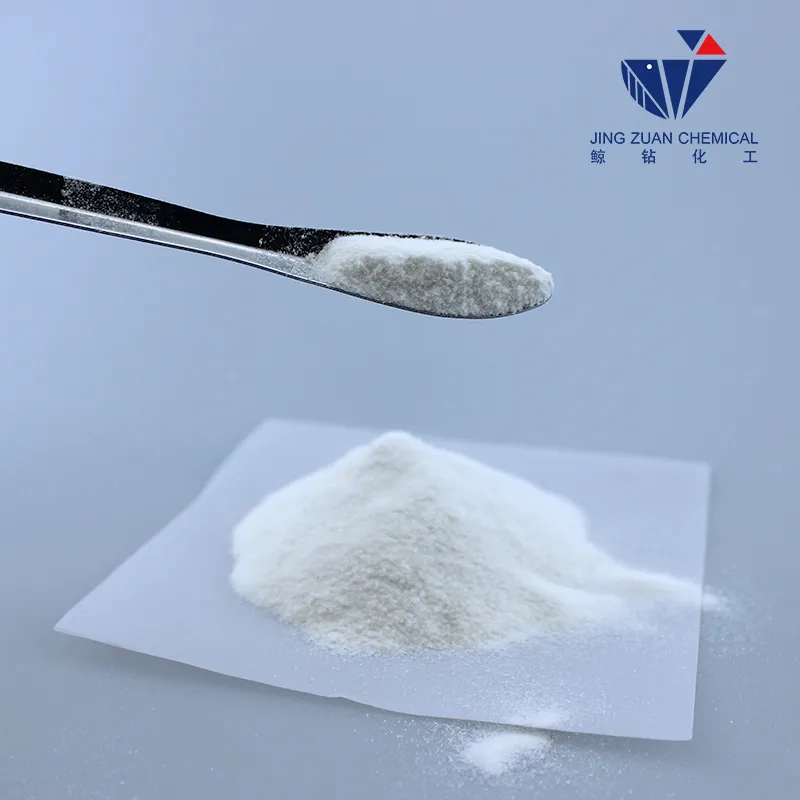
Nov . 19, 2024 09:10 Back to list
Exploring the Properties and Applications of HPMC and CMC in Modern Formulations
Advances in HPMC and CMC Applications in Pharmaceuticals and Food Industries
Hydroxypropyl Methylcellulose (HPMC) and Carboxymethylcellulose (CMC) are two cellulose ethers that have gained significant attention in various industries, particularly in pharmaceuticals and food manufacturing. Their remarkable properties such as biocompatibility, thickening, stabilizing, and film-forming abilities make them indispensable in numerous applications. This article aims to explore the advancements in HPMC and CMC, focusing on their roles and benefits in these sectors.
HPMC is a semi-synthetic polymer derived from cellulose, and it has become widely used in the formulation of pharmaceuticals. Its primary function is as a controlled-release agent in drug formulations. Due to its hydrophilic properties, HPMC can form gels in the presence of water, providing a reliable mechanism for the sustained release of active pharmaceutical ingredients (APIs). Recent studies have demonstrated that modifying the viscosity and molecular weight of HPMC can significantly influence the drug release profiles. For instance, by adjusting the concentration of HPMC, formulators can create matrix systems that release drugs over extended periods, thus enhancing therapeutic efficacy and patient compliance.
.
On the other hand, CMC, a sodium salt of carboxymethylated cellulose, is widely recognized for its thickening and stabilizing properties. It is particularly advantageous in food applications, where it serves as a fat replacer, stabilizer, and emulsifier. In recent times, there has been a growing demand for healthier food products, and CMC has emerged as an ideal ingredient due to its capacity to enhance texture without adding calories. For example, in low-fat or fat-free foods, CMC can mimic the mouthfeel of fats, thereby improving palatability without compromising nutritional value.
hpmc cmc

Moreover, CMC’s ability to stabilize emulsions has made it a favored additive in the production of sauces, dressings, and dairy products. Its ability to prevent phase separation ensures a consistent product quality, which is vital in today’s competitive food market. Recent innovations have focused on enhancing the functionality of CMC by exploring its synergistic effects with other natural gum additives, thereby improving texture and mouthfeel even further.
Both HPMC and CMC are recognized as safe by regulatory authorities, making them suitable for a wide range of applications. Their biodegradability further enhances their appeal in the context of sustainability. The increasing consumer awareness regarding the environmental impact of synthetic additives supports the incorporation of natural and semi-synthetic alternatives like HPMC and CMC in product formulations.
Research and development efforts continue to explore novel methods for synthesizing and modifying HPMC and CMC to enhance their performance. For instance, advancements in nanotechnology have opened new avenues for the development of nanocomposites using HPMC and CMC, which exhibit improved mechanical and functional properties. These developments hold the potential to revolutionize packaging materials within the food and pharmaceutical sectors, promoting better product preservation and longer shelf life.
In conclusion, HPMC and CMC stand out as versatile ingredients in both the pharmaceutical and food industries. Their unique properties and the ability to modify them according to specific needs make them essential for manufacturers seeking to formulate innovative products. As we continue to witness advancements in technology and formulation science, the role of HPMC and CMC is poised to expand further, driving improvements in product efficacy, safety, and consumer satisfaction. The future certainly promises exciting possibilities for these remarkable cellulose derivatives.
-
Versatile Hpmc Uses in Different Industries
NewsJun.19,2025
-
Redispersible Powder's Role in Enhancing Durability of Construction Products
NewsJun.19,2025
-
Hydroxyethyl Cellulose Applications Driving Green Industrial Processes
NewsJun.19,2025
-
Exploring Different Redispersible Polymer Powder
NewsJun.19,2025
-
Choosing the Right Mortar Bonding Agent
NewsJun.19,2025
-
Applications and Significance of China Hpmc in Modern Industries
NewsJun.19,2025







